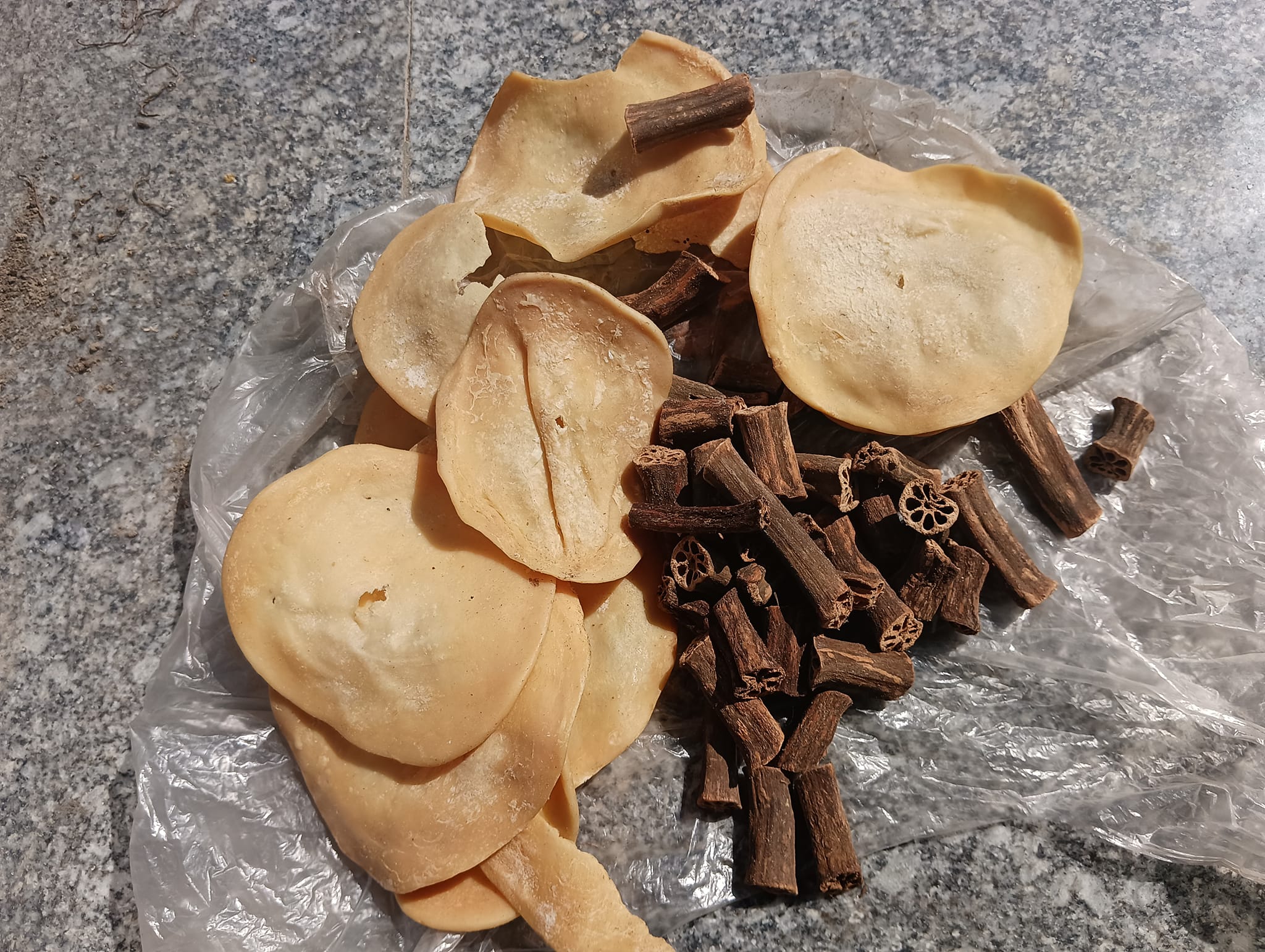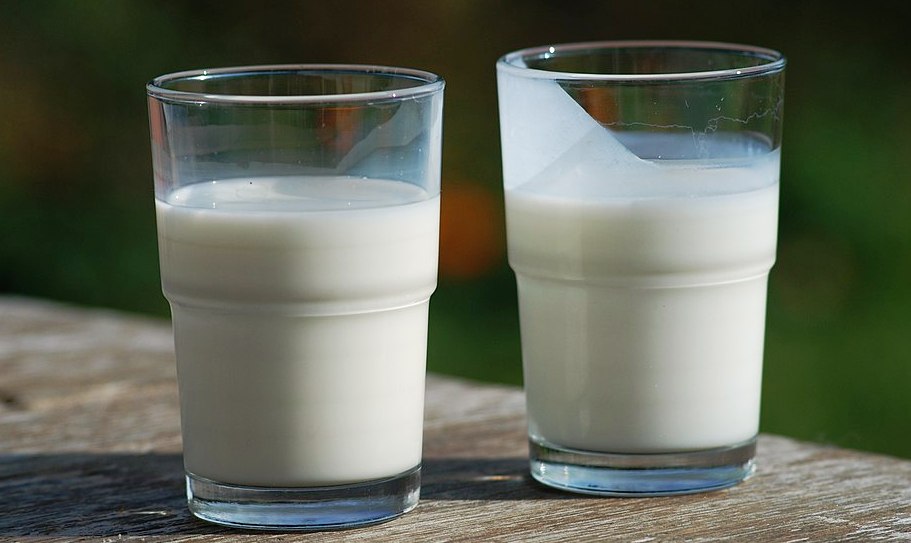[ad_1]
Buffalo herdsmen convert milk into sundried cheese that is stored, cooked and sold as a speciality, explains MJ Aslam

Unlike Kashmir plains, the hills of the valley have always been buffalo-abundant. Between Baramulla and Jammu, the pasturage-rich temperature on both sides of the mountains is higher than the plains and suits the production of milk, ghee and butter.
Buffalos comprise the main wealth of Gujar, who live in hill log houses over the mountains from Poonch to Udhampur. Buffalos love to be in moist climates and they need to be immersed in water daily.

Given the fact that the buffalos were the main livelihoods of a huge hill population, the Dogra despots had imposed a tax on milch buffaloes and cows. Named Shakh Shoomaree, the tax was collected at Re 1 and 8 annas per buffalo and 12 annas per cow. However, if a buffalo gave birth to a calf, it was exempt like that of a barren buffalo, Phundir.
Traditional Herdsmen
The owners took their buffalo herds to mountain pastures for grazing in the summers. They lived by making and selling ghee, butter and cheese from the milk. Though buffalo are not indigenous to Kashmir, a number of Gujjars do possess and rare the animal. Unlike Gujjar, the Bakarwals prefer rearing goats. Given the fact that the Gujjars in Kashmir lived far away from the markets, they could not quickly take their produce for sale, they have been producing a rare milk product, the Maeshi Kraj (Mounsheh Kreaj). It is sort of a cheese produced from buffalo milk.
Technically, it is a cake made of dried buffalo milk. Dogras call it Kalari. Normally, the Gujjars living uphill bring this “bread” to the market across Jammu and Kashmir.
In Gujjar ecosystem, buffalo are basic. They are basically cattle graziers and not cultivators. However, they do grow maize around their hill kothas and the grain goes into the use of cattle as well as the people. They used to follow the Arab farmer’s custom of contributing Friday’s milk production to charity. It may not be around now but certain families make charities-in-kind on Friday. Cattle are so vital to this socio-economic ecosystem that the death of an animal triggers routine mourning.
Milk Bread
In Kashmir, buffalos are less visible even in hilly areas. However, the markets like Shopian, Kupwara, and Baramulla do get some supply of Maeshi Kraji almost on a daily basis. Usually, it is barely a fraction of the demand that the supply meets. Foreigners call it milk bread.
Based on buffalo milk, it is made by churning it with sour milk or curd. The fat cheese appears at the surface which is separated from the leftovers and then pressed into a cloth. The paste is made into cakes or balls of cheese. Before sale and use, these cakes are allowed to dry up in sunlight.
Maeshi Kreji are very tasty with a pungent smell and sour taste. It is harder, however than cow cheese. Even though it has gone missing from most of the Kashmir markets, Maeshi Krej remains available throughout the year in Jammu at Samroli, Udhampur and Pahalwan Di Hati.
In South Kashmir, people cook sun-dried Maeshi Kraji with Nadru (lotus stems) during summer. The sun-dried Maeshi Kraji with Nadru is ground with onion in a stone mortar (Vokhul] with a pestle (Kajve or Choteh). The spices are added to the paste, which is cooked with milk or water to avoid stanching the cheese. It is allowed to boil for some time, till it thickens and then it is eaten either at lunch or dinner with cooked rice or roti.
Not In Kashmir Alone
In Italy, Buffalo milk cheese is mozzarella; in India, Khoya cheese is mostly buffalo milk. Afghan nomads and peasants used to make ghee, butter, curd and also a kind of cheese of cow and buffalo milk called Quroot which is still a living culinary tradition of the Taliban territory.
The milk was boiled with the dried fruit of a solanaceous plant. The cheese was freed from water by pressing in a cloth just as the Maeshi Karji are prepared. After adding salt to it, handfuls are made into small balls, dried hard as stone in the sun and kept for any length of time for consumption. It is reduced into a paste in a wooden bowl called Quroot Mal. It was fried in a quantity of ghee and eaten with bread, meat and vegetables. In the past, it was the national dish of Afghans. However, more refined Persians disliked this food and ridiculed Afghans, parodying the Arabic anathema into the words, La houla wa la illah Quroota Khuri. (God protect us from Quroot-eating-Afghans).
With the passage of time, however, Quroot is still prepared and consumed within and outside Afghanistan. Quroot-like dairy products were also known to some Bedouin tribes of the Arabian Peninsula. They made it into lumps and cakes with their hands and dried it in the sunshine before use.
[ad_2]
#Maeshi #Kreaj #Kashmirs #Butter #Bread
( With inputs from : kashmirlife.net )

